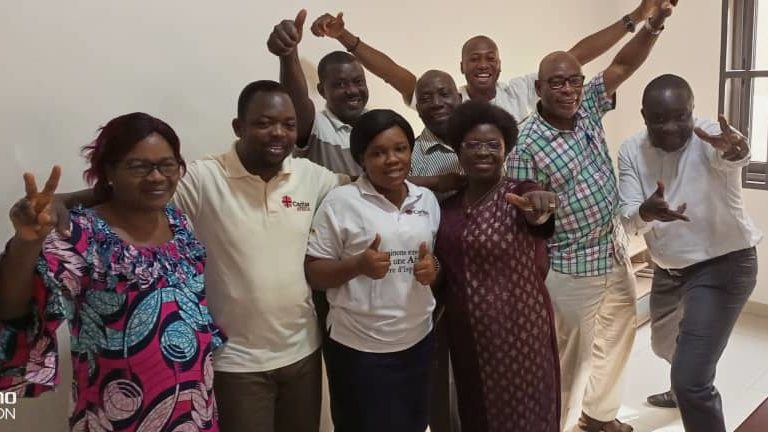APPROACH program (formerly A2P-DIRO): Resource sharing platform
This multi-stakeholder, multi-country program operates in 17 countries in Africa and the Indian Ocean: Benin, Burkina Faso, Burundi, Chad, Comoros, Congo Brazzaville, Côte d’Ivoire, Ghana, Guinea-Bissau, Madagascar, Mali, Mozambique, Niger, Senegal, Togo and Zambia. It also impacts the Caritas Africa continental coordination.
The program covers the entire territory of these 17 African countries, since the activities of the 17 Caritas organizations involved are national in scope. The national coordination of each of these Caritas is based in the capital (political or economic).
This program follows a second phase co-financed by the French Development Agency (AFD), Secours Catholique Caritas France (SCCF), Caritas Spain, and the Caritas of Africa that are involved.
APPROACH is the third and final phase of this program to strengthen Caritas in Africa, culminating in the transfer of program governance to Caritas Africa, the continental network leader.
 Some members of the APPROACH team with the Regional Executive Secretary of Caritas Africa
Some members of the APPROACH team with the Regional Executive Secretary of Caritas AfricaProgram Context and Issues
The Millennium Development Goals (MDGs) launched by the United Nations in 2000 are coming to an end in 2015. The 2015 United Nations report states that poverty decline has accelerated over the past decade while progress is still insufficient in Africa. “All developing regions, except sub-Saharan Africa, had met the target of halving the proportion of people living in extreme poverty by the end of 2011.” “More than 40 percent of the population of sub-Saharan Africa still lives in extreme poverty in 2015” and “sub-Saharan Africa has the most severe poverty.”
Moreover, Africa and the Indian Ocean have experienced and are experiencing a succession of crises that have led to the weakening of states, undermined by bad governance, corruption and mismanagement. The African populations are faced with a failing administration which hardly ensures the development and the security of the country. The main social indicators are often alarmist. The poverty rate is above 45% in 12 of the 17 countries covered by the program. These chronic instabilities result in mismanagement, partisan interests, poor development, failure of democratic processes, discrimination and inter-ethnic and/or inter-faith tensions.
As the international community maintains, in order to restore hope and respond to these problems, it is imperative for States to lead profound structural changes with all actors in society, in order to promote the advent of peaceful and inclusive societies for sustainable development. On the ground, the 17 Caritas partners, within their civil society and in relation to their state, are very committed to these issues.
Identification of direct and indirect beneficiaries
The direct beneficiaries of the program are the 17 Caritas organizations, Caritas Africa, and Secours Catholique – Caritas France (SCCF).
The program is based on a cascading network and its effects are felt at the national, regional and local levels. It has an impact on the leaders (Presidents, General Secretaries, etc.) and then works on the key actors (Directors, CFOs, employees, volunteers, etc.) of the national Caritas (coordination role) and indirectly on the diocesan and local Caritas (operational role).
Caritas Africa will benefit from capacity building that will enable it to anchor its role as a network leader on an African scale.
Finally, the program will allow the SCCF to formalize its capacity building strategy and to consolidate the links between international action and action in France.
The indirect beneficiaries are the poorest, most deprived, most vulnerable and most oppressed populations of the 17 countries. They are estimated to number about 19 million people.
Program success factors
The main challenge is to contribute to poverty eradication through the development of a strong civil society. The organizational and institutional development of the 17 Caritas organizations will enable them to become more effective actors in their countries and to act more effectively on all forms of poverty by empowering the most vulnerable individuals and groups and the many grassroots civil society organizations (farmers’ organizations, women’s associations, youth associations, village communities, etc.) with which the Caritas organizations interact.
The continuation of this process of institutional and organizational development, complemented by innovative methods such as theory of change and knowledge management, will enable Caritas to orient its development policies, programs, and actions even more effectively to meet this challenge.
